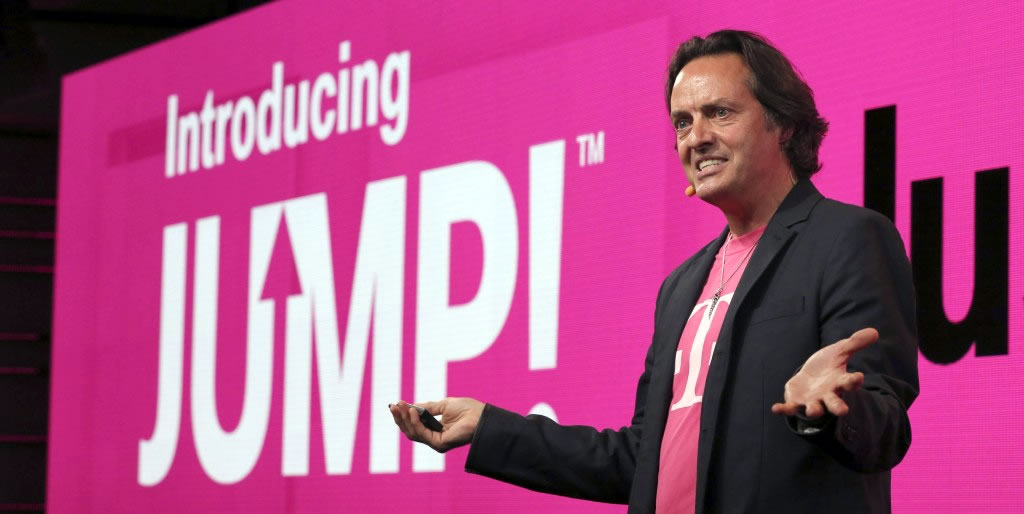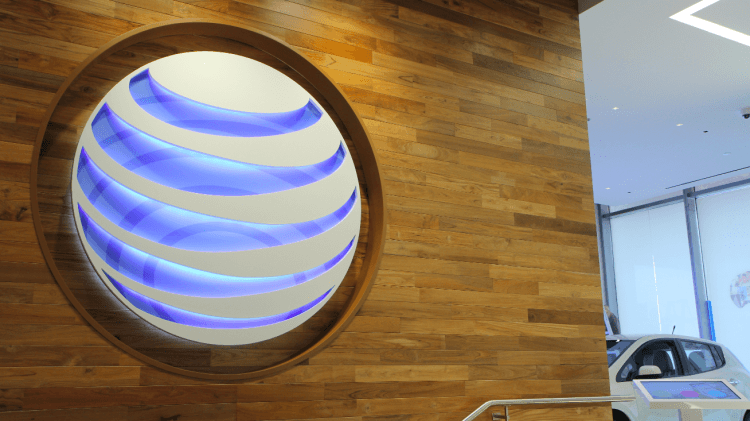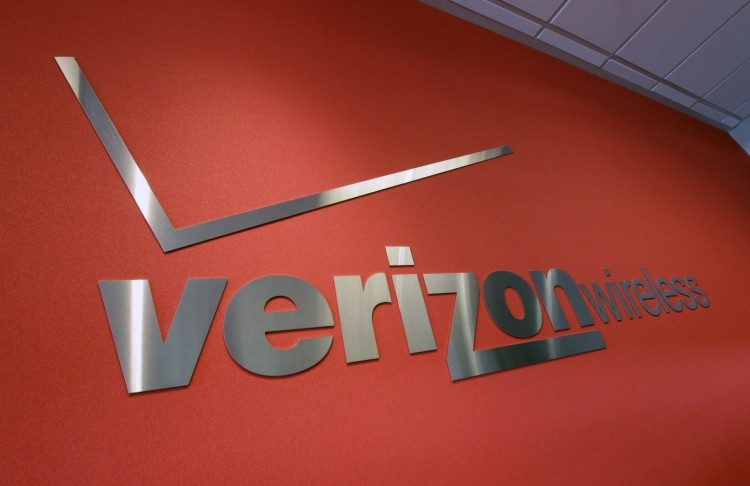If you've been keeping up with the latest wireless carrier developments, you probably already know that T-Mobile's Jump plan allows for twice a year device upgrades with an initial down payment while AT&T's Next grants once a year upgrades. Verizon's new Edge plan is similar to Jump in that you can upgrade once every six months, but there's a catch.
It's all a bit complicated and there's certainly a lot of math involved, but stick with me here as I run through a few examples using a 16GB Samsung Galaxy S4 to see how it all breaks down.

With T-Mobile, you could purchase the S4 today and sign up for their Equipment Installment Plan (EIP) which lets you make an initial down payment at the time of activation and pay the remaining balance over the next 24 months. That means you'd be looking at $150 upfront and $20 per month plus another $10 per month for the Jump plan.
After six months, you will have paid $150 (down payment) plus $120 (for six months of EIP) plus $60 (for six months of Jump) for a total of $330. At this time, you can trade in your Galaxy S4 for another premium smartphone and repeat the cycle once again. For conversation sake, we repeat the cycle three more times and after 24 months, you've paid $1,320 and have gone through four devices. Keep in mind, however, that T-Mobile's plan does include accidental damage protection.

With AT&T's Next plan, there is no down payment. Instead, the cost of the device is split equally across a 20-month period. The Galaxy S4 retails for $640 without a contract which equates to a monthly payment of $32 per month on top of your wireless bill. Furthermore, AT&T only allows upgrades once a year.
After 12 months, you will have paid $384 for the S4 at which time you trade it in toward a new device. To keep things simple, let's say the new device also retails for $640. So after 24 months, you will have paid $768 for only two phones (remember, AT&T only allows yearly upgrades). It's also worth mentioning that the Next plan doesn't include any type of handset insurance which could add more to your bill if you sign up for it.

Verizon's Edge plan was confirmed today and it doesn't require a down payment either. Instead, you take the full cost of the device and split it up over 24 months. For our comparison, the S4 retails for $650 through Verizon without subsidy. That means you'll pay roughly $27 and change each month over the next six months for a total of $162.
At this time, you can elect to trade in your device for a newer model but you first must pay off at least half of the original device price. All said and done, you are looking at $325 out of pocket (half the price of the $650 S4). Trade it in, rinse and repeat a few more times and after 24 months and four handsets, you would have spent $1,300.
To recap, T-Mobile's plan would cost you $1,320 for four devices, AT&T would set you back $768 for just two phones and Verizon commands $1,300 for four handsets over a two-year period.
Monthly Rate Plans
Keep in mind, however, that we are overlooking one massive part of the equation: monthly rate plans.
With the traditional two-year service agreement, customers pay a subsidied sum upfront for a new handset and the rest of the subsidy is rolled into the monthly rate plan and earned back by the carrier over the two year contract. The caveat with this model is that, after two years, your device is paid off but your rate plan stays the same. Carriers continue to collect extra money from the subsidy long after it has been paid off (assuming you don't buy a new phone and sign another contract).
T-Mobile was the first to break this tradition back in March. By doing away with phone subsidies and contracts, the base rate plan for an unlimited talk and text plan is just $50 - a price that reflects only the cost of your service. Customers could elect to use their existing handset with the plan, buy a new one at full price up front or buy one with a down payment up front and spread out the remaining balance over 24 months.
|
T-Mobile Jump
|
AT&T Next
|
Verizon Edge
|
|
| Upgrade frequency |
twice a year
|
once a year
|
twice a year
|
| Galaxy S4 retail price |
$630
|
$640
|
$650
|
| Plan fees |
$150 down payment
$20 per month for Equipment Installment Plan (EIP) $10 per month for Jump |
$32 per month
(device cost split into 20 monthly payments) |
~$27 month (device cost split into 24 monthly payments)
+ Half price of the phone before upgrading |
| After 6 months |
$330
|
n/a
|
$325
|
| After 1 year |
$660
|
$384
|
$650
|
| After 2 years |
$1,320
|
$768
|
$1,300
|
| # of phones in 2 years |
4**
|
2
|
4
|
| Monthly plan subsidy* |
$0
|
$18.33
|
$18.75
|
|
Cost after 1 year (rapid upgrade + plan subsidy) |
$660
|
$604
|
$875
|
|
Cost after 2-years (rapid upgrade + plan subsidy) |
$1,320
|
$1,208
|
$1,750
|
* Monthly plan subsidies are estimated based on what carriers take in with service plans, which already include a device subsidy.
** T-Mobile's Jump plan requires a $150 fee every time you switch to a new phone. However, if you were to decide not to change it every 6 months, the total cost of the plan would be less. The table above assumes you'd do take 4 phones in a 24-month period ($25 "subsidy" per month).
Either way, what's important here is that once you have a paid off phone, you are no longer paying for a subsidy each month. With AT&T and Verizon, however, that isn't the case. Even with the upgrade plans, you are still paying the same monthly rate as you did with a two year agreement to cover a subsidy - a subsidy you no longer use.
That said, it's hard to justify upgrade plans from AT&T or Verizon as you are essentially paying twice for a phone. Sure, you get to upgrade early and yes, you do have access to more LTE coverage (compared to T-Mobile), but unless they reduce the price of monthly service to reflect the absence of a phone subsidy, it's hard to see it as little more than a complete rip off.
Sprint, you're up next.